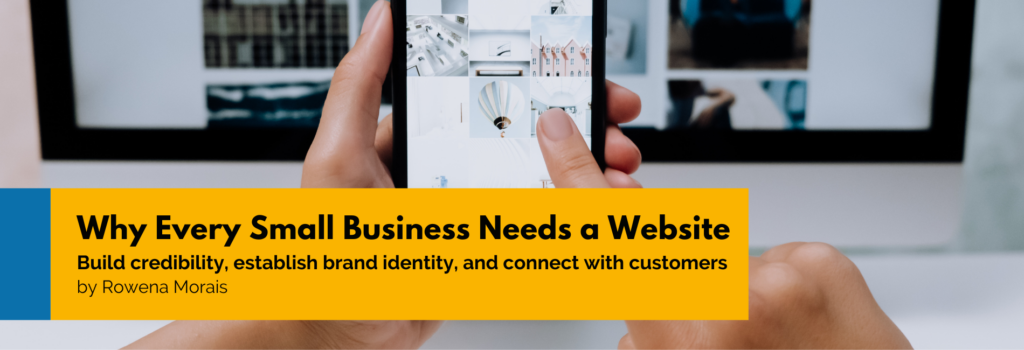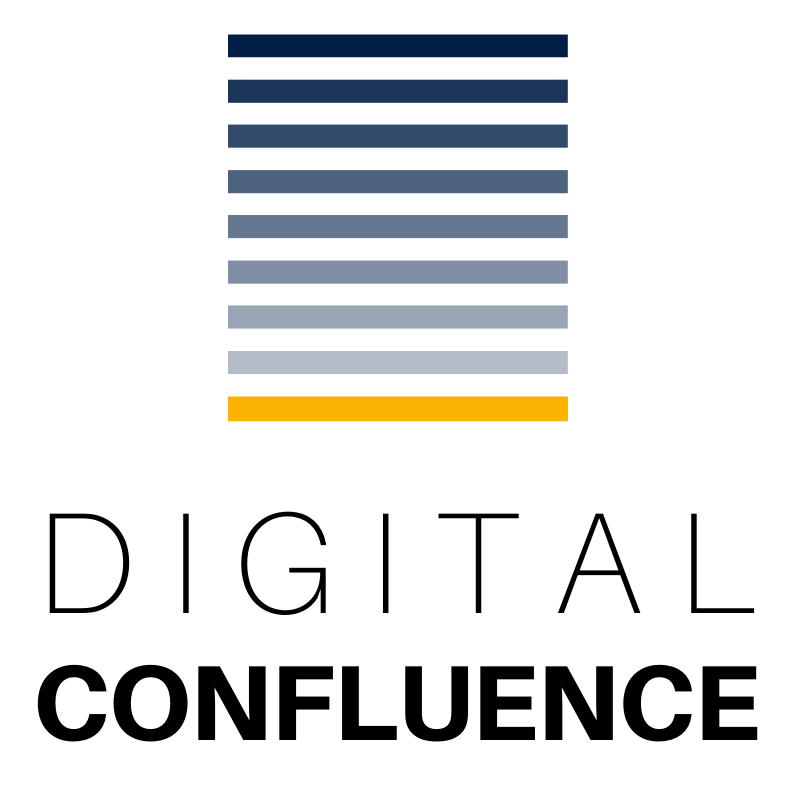
Build credibility, establish brand identity, and connect with customers.
Written by Rowena Morais
In this article, I explain why every small business needs a website and share a quick way to get one up fast.
Thinking about starting a small business? Here’s why you need a website.
You could be selling doughnuts or tyres, you could be an event organiser, or a coach in a small partnership. What do some of these businesses have in common? They may be small businesses.
In Australia, if you have a business with fewer than 20 employees, you are considered a small business.
Small businesses can have a big impact
With 97.2% of Australian businesses being small, it’s clear that small businesses are the very backbone of the economy.
In fact, the Australian Small Business and Family Enterprise Ombudsman 2023 report indicates that the economic contribution of small businesses to the Australian economy has topped half a trillion dollars.
And yet, many of these businesses simply do not invest in marketing. It begs the question: why not?
Localsearch research reveals several reasons for this, including difficulty in committing time to advertising their business and a lack of expertise.
“You only need to know your “why”
However, there are many more reasons why small businesses do not engage in marketing and promotion activities.
One of the biggest hurdles is cash flow. Many small businesses often face cash flow challenges and must prioritise essential operational costs, including wages, rent, and utilities.
Cash flow, however, is an umbrella term, which has many underlying causes.
Sometimes, there may not be a viable budget, and at other times, inventory may not be well managed. It is also understandable that businesses undergo seasonal peaks and troughs, and in slow periods, they may call upon their cash reserves.
Additionally, small business owners may possess smartphones and already use social media for fun but can feel overwhelmed by the variety of marketing channels and strategies available.
Do you get onto YouTube or Instagram? Do you build a presence on one platform or all of them? How do you decide?
Plus, there’s lots of technical information to figure out such as SEO and keywords. This can feel confusing.
To shape your marketing strategy, start by figuring out your “why”: what does your business do, and why do you do it?
The first step in digital marketing is creating a digital presence
Think of your website as your digital home. It’s where customers can learn more about you and connect easily.
When you post something engaging on LinkedIn, a curious reader may want more. If your content is valuable, they will naturally want to check out your website.
Relying solely on social media isn’t enough when you run a business. Social media grabs attention and sparks interest, but your website is where you deliver the full experience.
Your website helps you raise awareness and educate your audience. You can showcase what you offer. You can guide your readers on the journey you’d like them to take and ensure the user experience delivers just that.
Make sure your marketing helps readers understand how you support them
Let’s take APP Tyres*, a small tyre and auto business. Their primary business is logbook and basic servicing. They also offer roadworthy inspections.
APP Tyres wants to be the go-to for all things servicing and repairs. Their website lists the entire range of services offered, makes it easy for customers to understand how to book, and offers several booking methods. Contact information is prominently displayed.
But they go one step further.
Since APP Tyres wants to show that they are experts in their field, they use information to establish credibility and expertise. They answer common questions on servicing and share these publicly on their website.
DF Accountants* is a tax preparation firm. Their website segments the information by reader type (are they an individual, a sole trader, a partnership, or even a company?). Understandably, the firm also wants to position itself as a specialist in its field, and it does this through its blog content, webinar offerings, free tax calculator, and FAQs.
Both businesses do not just focus on promoting their services; rather, they use content marketing to build trust with their audience. They aim to understand the audiences they serve and support them in solving their problems.
A fantastic way to start building a digital presence
If you’re thinking about building a website, you may be more concerned with the “how”. There’s so much to do to create a full-blown website that you may feel discouraged by the work ahead.
There’s a better way.
Instead of working immediately on developing the fully fledged website, create a simple one-page site first. Check out Hubspot’s 11 examples of one-page websites to inspire you.
In years gone by, businesses used to put up “Site under construction” pages.
That’s not a good approach.
Instead of leaving potential customers hanging, welcome them in and share a little about who you are and what you offer. Otherwise, you risk wasting an opportunity as they may not return. It’s important to engage the reader when they need information, or they may leave in search of answers elsewhere.
Tell your story, share your “why”, and let them know what to expect from you. Don’t forget to include your contact information. The initial page can be taken down once the full website is ready to go live.
Remember: building a one-page website is simple and a powerful first step. Don’t wait. Start creating your online presence today. If you’re ready to get going, let’s discuss how to make this happen. Contact me at hello@digitalconfluence.info.
*pseudonym
#marketing #communication #SmallBusinessOwner #SMEsuccess #website #DigitalMarketing
